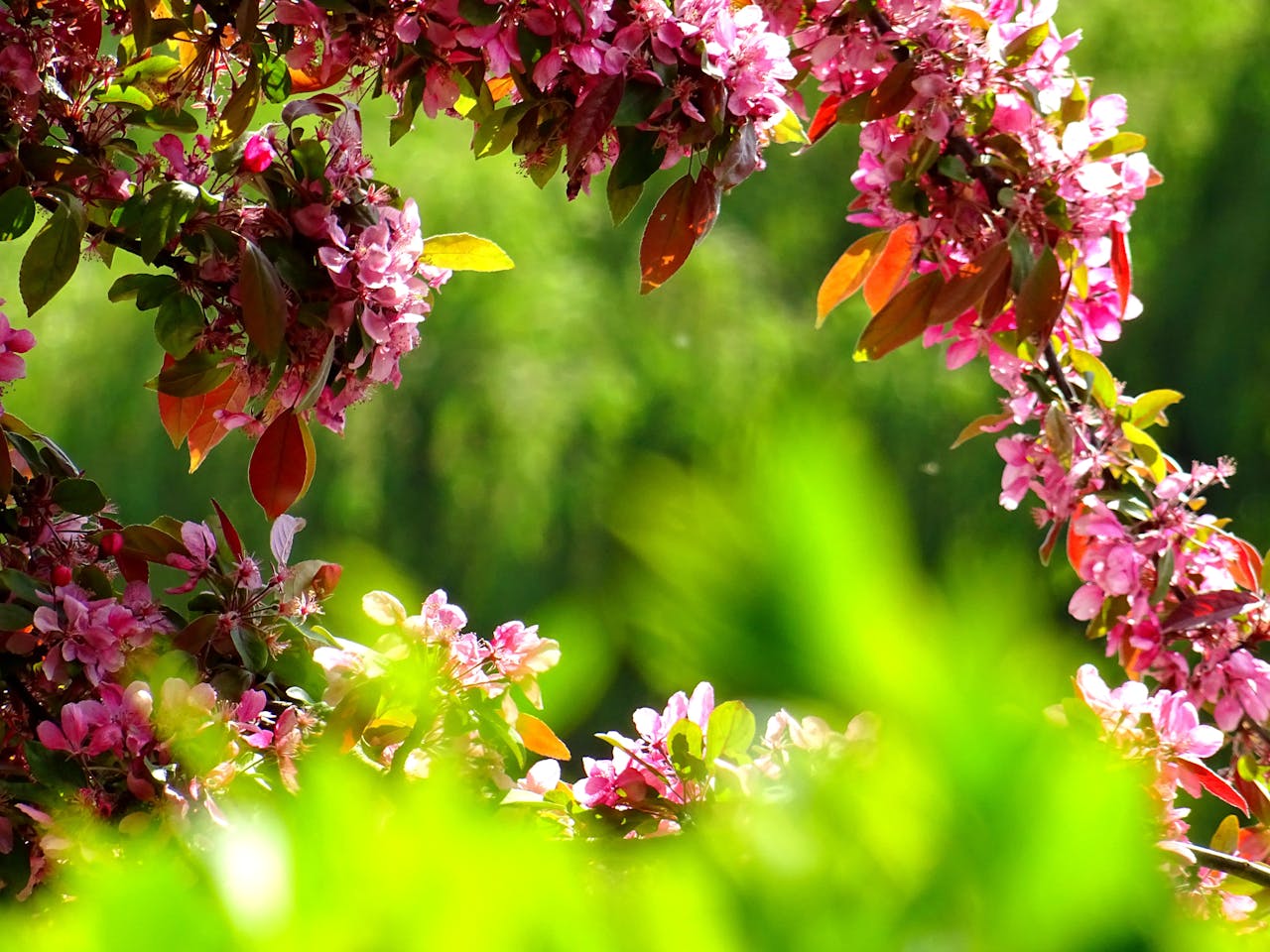
Welcome to the New LA Garden Show
For years, the LA Garden Show brought together plant lovers, landscapers, and home gardeners to celebrate creativity and sustainable living. While the in-person show may be part of history, its mission was to inspire greener, more beautiful outdoor spaces which still continues right here online.
Our goal is simple: to share practical ideas, expert insights, and inspiring stories that help you create outdoor spaces you love. Whether you’re growing your first herb garden, designing a backyard retreat, or learning to care for trees that you’ll find something helpful here.
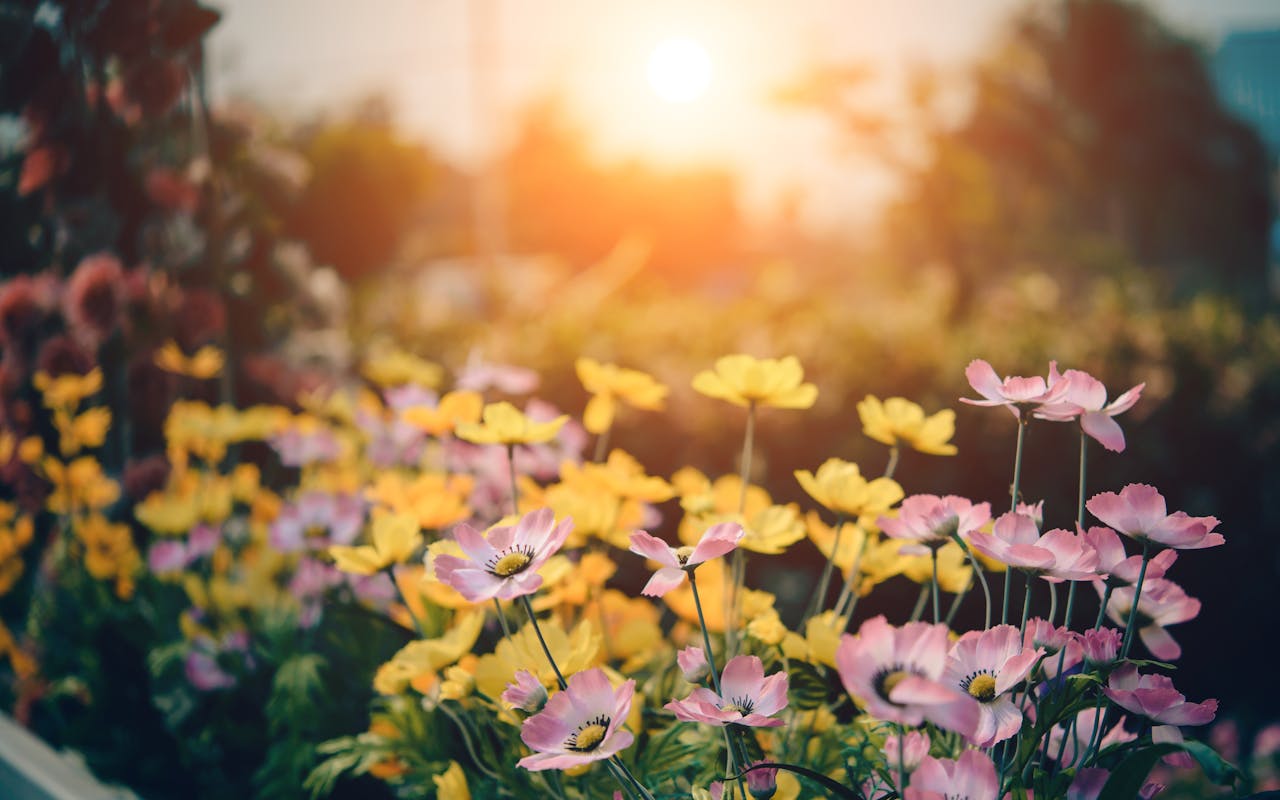
A Look Back: The History of the LA Garden Show
The LA Garden Show began as a community event where local nurseries, designers, and horticulture experts gathered to showcase their latest ideas in garden design and sustainability. From drought-tolerant gardens to creative patio layouts, it became a space for inspiration and connection.
Today, we honor that spirit by continuing to explore how thoughtful landscaping can make life greener from Los Angeles to small towns everywhere. The show’s philosophy still inspires eco-friendly garden projects, water-saving landscaping, and backyard innovation.
For more on the legacy of California horticulture, explore the Southern California Horticultural Society and the UC Master Gardener Program.
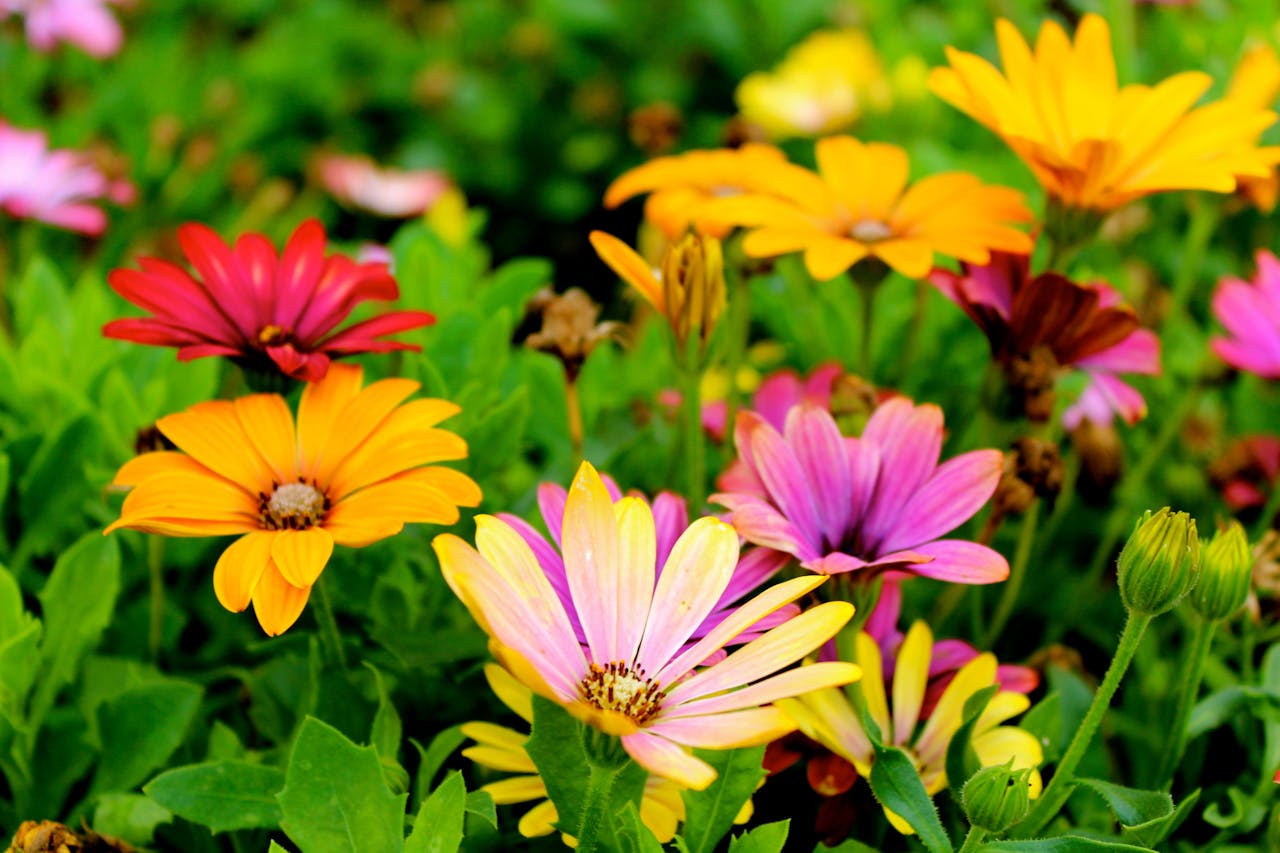
What You’ll Find Here
We publish articles and guides on topics like:
- Garden Design Ideas: From modern courtyards to cozy backyard patios.
- Sustainable Landscaping: Tips for water-wise planting, soil care, and native plants.
- Tree & Plant Health: How to keep your green spaces thriving all year long.
- Outdoor Living Inspiration: Decks, patios, and design trends that bring people closer to nature.
Each piece of content is written for real homeowners and gardeners, the people who believe a little green can make a big difference.
Rediscovering the Spirit of the LA Garden Show
By: Admin
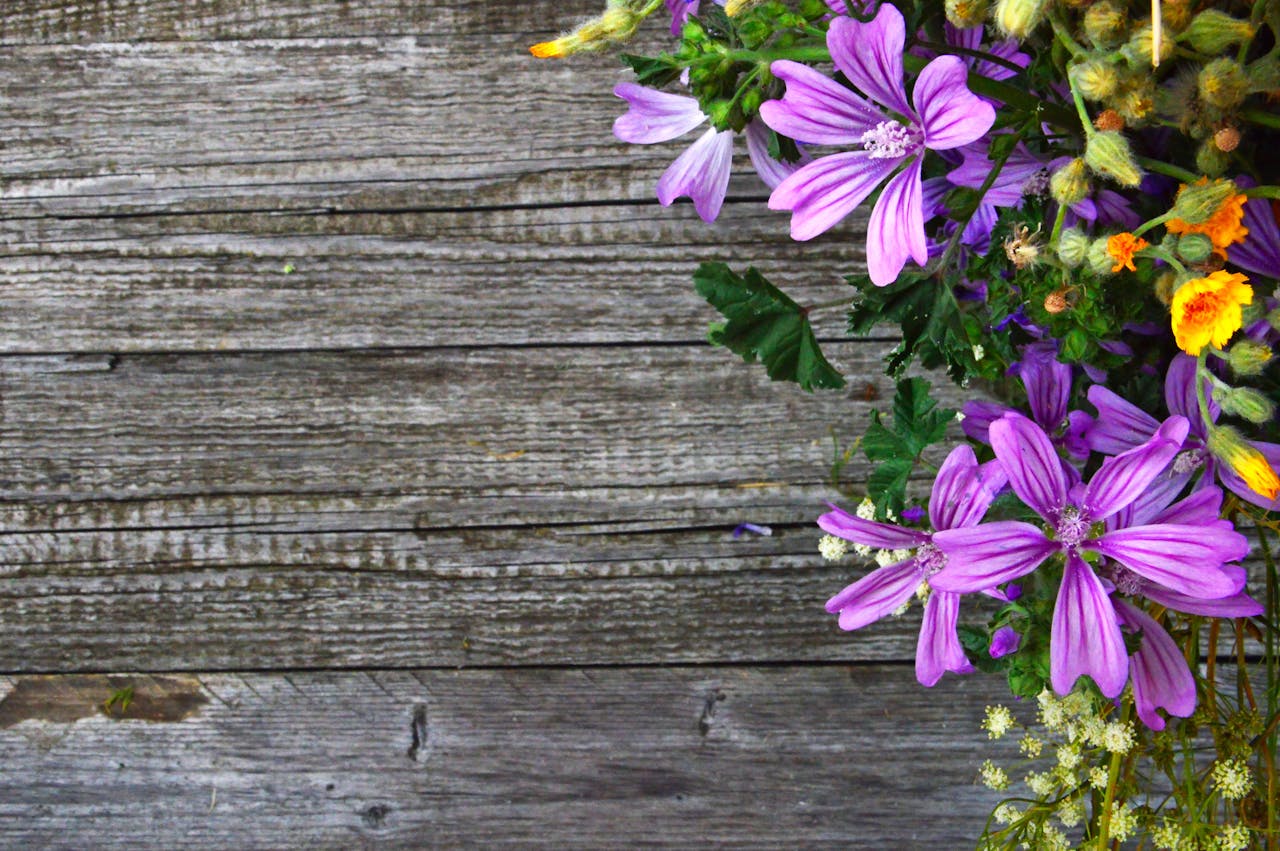
Every gardener remembers that first spark, that precise moment when something clicks inside you, and you suddenly understand that a humble patch of soil isn't just dirt and potential. It's a canvas. A refuge. A place where life unfolds in ways both predictable and wildly surprising. That's exactly what the LA Garden Show represented for over a decade: a creative, vibrant space where professionals with decades of experience and wide-eyed hobbyists with dirt still under their fingernails came together to celebrate plants, innovation, and the transformative power of thoughtful design.
And honestly? There was nothing quite like it.
Back then, the show was alive with energy. You could wander through and stumble upon live demonstrations led by experts from the Southern California Horticultural Society, people who knew their stuff, but more importantly, loved sharing it. They'd show you how to prune a rose properly, how to coax reluctant succulents into bloom, or why your tomatoes kept splitting just when you thought you'd finally figured them out. There were collaborations everywhere you looked: local nurseries bringing in unusual plant specimens you'd never find at the big box stores, sustainable garden designers sketching out eco-friendly layouts on the spot, answering questions with genuine enthusiasm rather than scripted sales pitches.
It was more than just another weekend event where you picked up a few plants and a tote bag. The LA Garden Show was a living, breathing classroom, one where the lessons stuck because they came with soil on the hands and stories attached. You learned by watching, by asking the "dumb" questions (spoiler: there are no dumb questions in gardening), and by connecting with people who understood that gardens are never really finished, just endlessly evolving.
Maybe you discovered companion planting from a vendor who'd been growing vegetables for forty years. Maybe you sat in on a workshop about native California plants and finally understood why your water bill was so high. Maybe you just felt, for the first time, like you belonged to a community that got it, that understood why you'd rather spend Saturday morning deadheading petunias than doing literally anything else.
Today, even though the physical show has become part of garden history, we're committed to continuing that same spirit. We want to keep that sense of possibility alive, that feeling that anyone (yes, even you with the self-proclaimed "black thumb") can create something meaningful with plants. Whether you're figuring out how to build drought-tolerant landscapes that actually look lush and inviting (not like a gravel pit with three sad cacti), or exploring the world of vertical gardens to maximize a tiny urban balcony, the legacy of the LA Garden Show reminds us of something essential: gardening is both an art and an act of care.
It's artistic in the way you choose colors and textures, in how you balance negative space with abundance, in the risks you take with an unusual plant pairing. And it's care in the most fundamental sense: care for the soil, for pollinators, for the water we share, for the small ecosystem you're nurturing right outside your door. It's care for yourself, too, because let's be honest, there's something deeply healing about putting your hands in the earth.
So whether you're a seasoned gardener looking for fresh inspiration, or someone who just brought home their first fiddle leaf fig and is cautiously optimistic about keeping it alive, there are resources out there to guide you. The University of California's Master Gardener Program is an incredible starting point, offering research-based information that works for both curious beginners and advanced growers who want to dive deeper into the science behind the soil.
Because at the end of the day, the LA Garden Show may have closed its gates, but its heart keeps beating in every garden we tend, every seed we plant, and every bit of knowledge we pass along to someone who's just discovering their own spark.
And really, isn't that what it was always about?
Sustainable Landscaping Starts with Small Choices
By: Admin
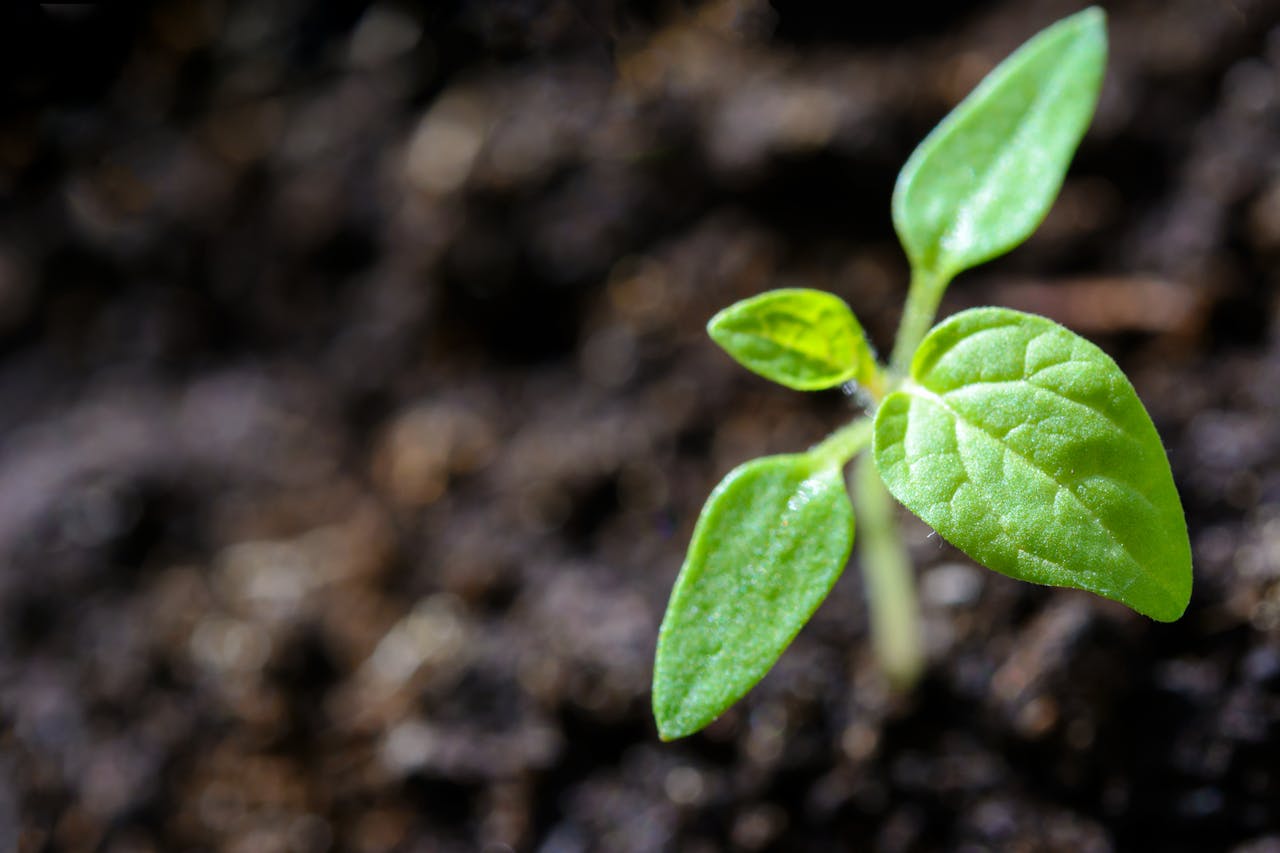
Creating a sustainable landscape doesn't always mean ripping everything out and starting from scratch. You don't need to rent a bulldozer, hire a crew, or spend your life savings transforming your yard overnight. In fact, some of the most meaningful, eco-friendly decisions are the simplest ones, the kind you can make on a Saturday afternoon with a bag of mulch and a little bit of intention.
Think about it. Sustainable gardening isn't some distant, intimidating goal reserved for people with perfect Instagram yards and unlimited budgets. It's actually a series of small, thoughtful choices that anyone can make, right where they are, with what they have.
Maybe you start by swapping out that thirsty patch of grass that demands constant watering, fertilizing, and mowing (and let's be honest, probably judging you every time you look at it) for native plants that actually belong in your region. Plants that evolved here, that know how to survive the local summers and winters without you having to baby them constantly. Plants that the local bees and butterflies recognize and actually want to visit.
Or perhaps you begin by spreading a layer of mulch around your existing plants. It sounds almost too simple to matter, but mulch is like a cozy blanket for your soil. It holds moisture in, keeps weeds down, moderates temperature swings, and slowly breaks down to feed the earth beneath it. It's one of those quiet garden heroes that does so much while asking for so little.
Maybe your entry point is collecting rainwater in a barrel tucked beside your house. There's something deeply satisfying about using water that literally fell from the sky, free and perfect, instead of watching your water meter spin while you stand there with a hose. Plus, rainwater doesn't have the chlorine and chemicals that tap water contains, so your plants actually prefer it. They can tell the difference, even if we can't.
And then there's composting at home, turning your kitchen scraps and yard waste into black gold instead of sending it to a landfill where it'll just sit in a plastic bag, unable to break down properly. Composting closes the loop. Your morning coffee grounds and banana peels become rich soil amendments that feed next season's tomatoes. It's gardening magic, really, and it happens right in your backyard.
Each small step creates a ripple effect that extends far beyond your property line. According to the California Native Plant Society, native gardens don't just look pretty, they actively support biodiversity while dramatically reducing maintenance needs and water consumption. That means more butterflies, more birds, more beneficial insects creating a thriving mini-ecosystem right outside your window. And it's ideal for both the planet and your wallet, because native plants don't need the constant inputs that ornamental exotics demand. They're tough. They're adapted. They know what they're doing.
But here's what often gets overlooked: beyond the obvious environmental impact, sustainable landscaping also fundamentally redefines what we think of as beautiful. It challenges that old, outdated notion that a "good" yard means a perfectly manicured lawn with rigid hedges and aggressive symmetry, everything controlled and tamed within an inch of its life.
Instead, you get living, evolving gardens that change with the seasons and reflect the local ecology and rhythm of where you actually live. You get seed heads that birds feast on in winter. You get plants that self-sow and pop up in unexpected places. You get a little bit of wildness, a little bit of unpredictability, and honestly? That's where the real magic happens. Your garden becomes a conversation with the land rather than a monologue imposed upon it.
There's texture and movement. There are surprises. Some years certain plants thrive while others take a rest. Pollinators show up like they own the place (because in a way, they do). And you start to notice things, really notice them: which flowers the hummingbirds prefer, when the native bees emerge in spring, how the evening light catches on the dried grasses in fall.
The LA Garden Show has always believed in this philosophy, championed it, celebrated it. That a sustainable garden is not just good for the earth, though it absolutely is that. It's also good for the gardener's soul. Because when you garden in partnership with nature instead of in opposition to it, something shifts. The work becomes lighter. The stress melts away. You're not fighting anymore, you're collaborating.
You step outside in the morning with your coffee and instead of seeing a to-do list of things that need fixing, you see a space that's taking care of itself, largely, and inviting you to simply be present in it. To watch. To learn. To enjoy.
And that, more than any perfectly edged lawn or flawlessly pruned shrub, is what makes a garden truly worth having. It becomes a place that feeds you, not just with vegetables or flowers, but with peace, with connection, with the quiet knowledge that you're doing something meaningful, one small choice at a time.
So start wherever you are. Swap one thing. Try one new approach. Let one small corner go a little wild. You don't have to transform everything at once. Sustainable landscaping isn't a destination, it's a direction. And every step in that direction counts, every single one.
Caring for Trees: The Unsung Heroes of Every Landscape
By: Admin
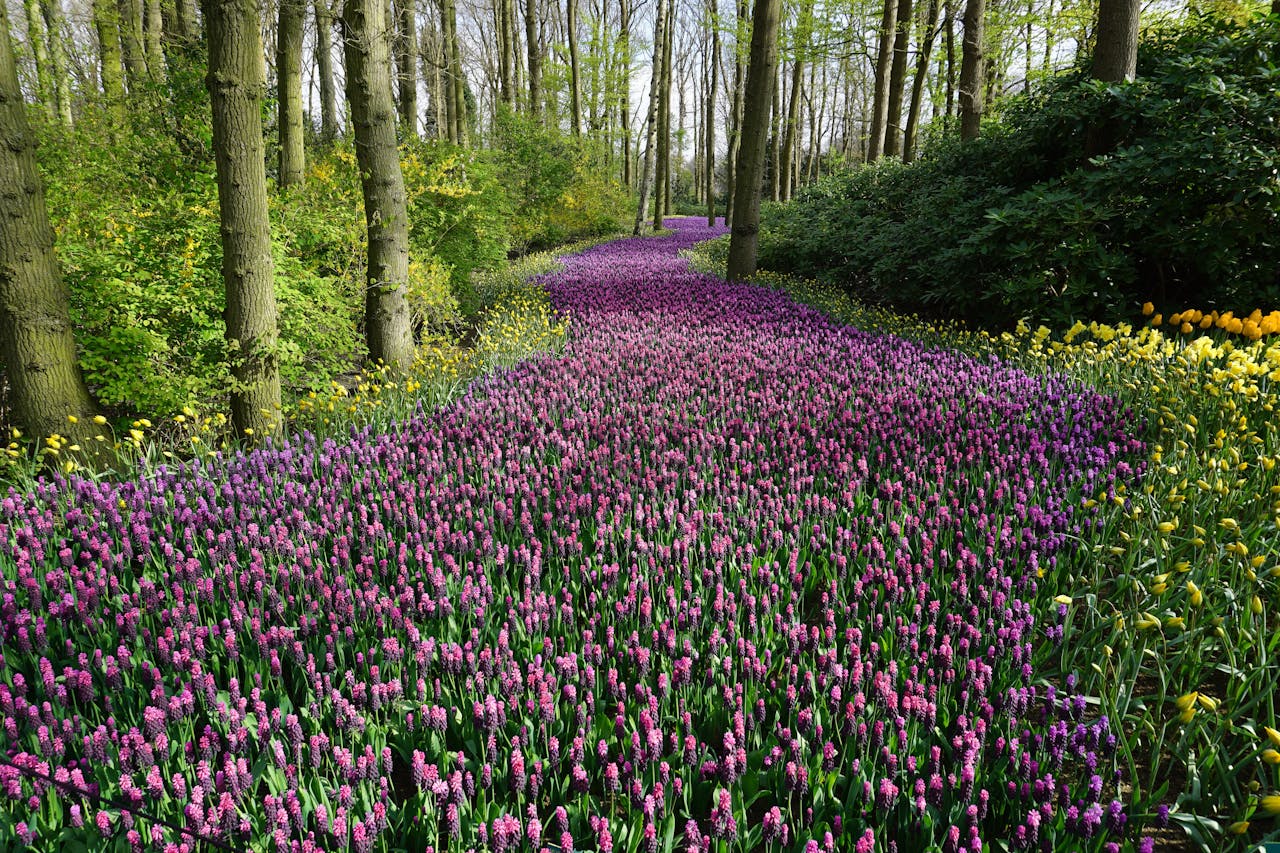
While flowers bring bursts of color that make us stop and smile, and lawns add clean lines and structure to our outdoor spaces, it's really the trees that give a garden its soul, its character, its sense of permanence and place. They're the quiet anchors of the landscape, the steady presence that marks the passage of seasons and years. They provide shade on blistering summer afternoons when you're desperate for relief. They reduce the noise of traffic and neighbors, creating pockets of tranquility. They even cool the surrounding air through transpiration, acting as natural air conditioners that make entire neighborhoods more livable.
And yet, despite all they do for us, trees are so often overlooked. We take them for granted, these gentle giants standing watch over our homes and gardens. We notice them mainly when something goes wrong, when a branch falls during a storm and blocks the driveway, when we spot suspicious holes from pest damage, when leaves turn brown at the wrong time of year, or when we suddenly realize that telltale decay has been quietly progressing in the trunk for who knows how long.
But here's the thing about trees: by the time a problem becomes obvious to us, it's often been developing for months or even years. Trees are stoic. They don't complain. They don't send you urgent notifications. They just keep doing their job, even when they're struggling, until they literally can't anymore.
That's why proper care isn't just nice to have, it's essential. Regular pruning isn't about making trees look tidy (though that's a bonus), it's about removing dead or diseased wood before it becomes a hazard, improving air circulation through the canopy to prevent fungal issues, and shaping growth in ways that promote long-term structural integrity. A well-pruned tree is a safer tree, a healthier tree, a tree that's going to be around for decades to come.
Soil care matters more than most people realize, too. Trees might seem independent and self-sufficient, but they're only as healthy as the soil their roots inhabit. Compacted soil from foot traffic or construction, poor drainage, nutrient deficiencies, these things stress trees in ways that make them vulnerable to everything from drought damage to insect infestations. Sometimes the best thing you can do for a tree is improve what's happening underground, where you can't even see it.
And disease prevention? That's where knowledge really becomes power. Understanding what diseases are common in your area, recognizing early warning signs, knowing when to act and when to simply monitor, these skills can mean the difference between saving a beloved tree and losing it entirely.
For homeowners who aren't sure where to start, and let's be honest, most of us fall into that category, working with local experts makes all the difference in the world. There's comfort in knowing that someone with real experience is assessing your trees, someone who can spot the subtle signs you'd miss, someone who understands the specific challenges that trees face in your region and climate.
Over the years, the LA Garden Show has been fortunate to build connections with a network of tree service providers from all across the United States. These professionals would join us at the show, sharing their expertise, demonstrating techniques, and connecting with gardeners who valued quality work and honest guidance. It was inspiring to see how many dedicated arborists and tree care specialists took the time to be part of our community. Among them were some truly exceptional teams, highly trained professionals with stellar reputations in their regions, providers who didn't just see tree care as a business but as a calling. Teams like those from Crossville exemplified this commitment, bringing both technical skill and genuine care to every project they touched.
Professional Tree Service Crossville TN teams specialize in comprehensive tree care, from routine maintenance and precise trimming to safe removal when a tree has become hazardous or has reached the end of its natural life. They help residents protect their property and their families while keeping their green spaces thriving and healthy. It's skilled work that requires proper equipment, training, and honestly, a deep respect for what trees represent in our landscapes and our lives.
Their approach reflects the same core principles we've always valued and championed here at the Garden Show: genuine sustainability that thinks long-term rather than chasing quick fixes, respect for nature and working with it rather than against it, and craftsmanship that lasts, work done right the first time with an eye toward future generations who'll enjoy these trees long after we're gone.
Because that's what tree care really is, isn't it? It's an investment in the future. When you plant a tree or nurture an existing one, you're creating something that will outlive you, that will provide shade and beauty and habitat for birds and squirrels and insects for fifty, a hundred, maybe even two hundred years. There's something profoundly hopeful about that kind of thinking.
If you'd like to deepen your understanding of tree health beyond the basics, there are wonderful resources available. The Arbor Day Foundation offers accessible information for homeowners at every knowledge level, from identifying common tree species to understanding seasonal care needs. The International Society of Arboriculture provides more technical resources and can help you find certified arborists in your area, professionals who've demonstrated their knowledge and commitment to proper tree care standards.
But perhaps the most important thing to understand about trees is this: they're not just background plants, passive scenery that happens to be tall and woody. They're living, breathing structures that actively shape the entire ecosystem around us. They filter our air and water. They provide critical habitat for countless species. They increase property values and make neighborhoods more desirable places to live. They connect us to the natural rhythms that modern life so often obscures.
A single mature tree can produce enough oxygen for two people for an entire year. It can absorb up to 48 pounds of carbon dioxide annually. Its roots stabilize soil and prevent erosion. Its canopy intercepts rainfall, reducing runoff and protecting water quality. And beyond all the measurable, quantifiable benefits, there's something intangible that trees give us, a sense of peace, of rootedness, of being part of something larger and older than ourselves.
So look at the trees in your landscape not as static fixtures but as dynamic partners in creating a healthy, beautiful, resilient outdoor space. Notice them. Appreciate them. Care for them with intention. And when you need help, don't hesitate to bring in people who truly understand these magnificent plants and know how to help them thrive.
Your trees are working hard for you every single day, quietly performing miracles of biology and chemistry. The least we can do is return the favor by giving them the attention and care they deserve. After all, the shade you're enjoying today was planted by someone who cared enough to think about tomorrow. What a gift that is. What a legacy worth continuing.





